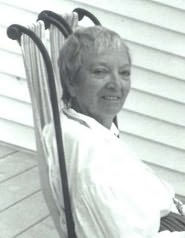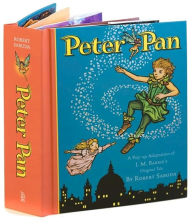This special edition of A Wrinkle in Time includes a new essay that explores the science behind the fantasy.Rediscover one of the most beloved children's books of all time: A Wrinkle in Time by Madeleine L'Engle:Meg Murray, her little brother Charles Wallace, and their mother are having a midnight snack on a dark and stormy night when an unearthly stranger appears at their door. He claims to have been blown off course, and goes on to tell them that there is such a thing as a "tesseract," which, if you didn't know, is a wrinkle in time. Meg's father had been experimenting with time-travel when he suddenly disappeared. Will Meg, Charles Wallace, and their friend Calvin outwit the forces of evil as they search through space for their father?
Publishers Weekly - Audio
Hope Davis narrates this engaging new audio production of L’Engle’s classic novel. When the troubled and underachieving Meg Murry’s physicist father goes missing, Meg—along with her younger brother, Charles, and friend Calvin—warps across the universe in an attempt to find him. The trio is aided by three angels, Mrs Whatsit, Mrs Who, and Mrs Which, who use Dr. Murray’s mysterious tesseract project to whisk the children through space and time. Davis delivers pitch-perfect narration that captures the spirit of the author’s prose. She also creates distinct voices for the book’s many characters, most notably the petulant Meg and enthusiastic Calvin. Listeners are in for a real treat—and longtime L’Engle fans will delight in Davis’s outstanding performance, which breathes new life into this acclaimed fantasy title. Ages 10–up. (Jan.)
Children's Literature
Winner of the Newbery Medal in 1963, L'Engle's work of fantasy and science fiction combined with some Christian theology has now been read by several generations of young enthusiasts. The author went on to write three others, forming a quartet based on the Murry family, and including themes like the power of love and the need to make responsible moral choices. In this story, Meg Murry, her extraordinary little brother Charles Wallace, and schoolmate Calvin O'Keefe make the acquaintance of eccentric Mrs. Whatsit and friends (who turn out to be extraterrestrial beings). Together they journey through a wrinkle in time, a tesseract, to rescue the Murrys' missing father from an evil presence (likened by some interpreters to a black hole), and a sinister brain called IT. Although this is fantasy, the characters are portrayed realistically and sympathetically; it is Meg's ability to love that enables them to return safely to Earth and make secure the right to individuality. L'Engle herself claims that she does not know how she came to write the story; "I had no choice," she says, "It was only after it was written that I realized what some of it meant." A plus with this new edition is an essay by Lisa Sonne that explores scientific concepts related to the story—multiple dimensions, dark energy, and string theory. Each of these concepts were conceived since the book's 1962 publication but are amazingly applicable to A Wrinkle in Time, and help to ensure that this imaginative book will be read for a long time into the future. 2005 (orig. 1962), Laurel Leaf/Random House, Ages 9 up.
—Barbara L. Talcroft
Read More

















